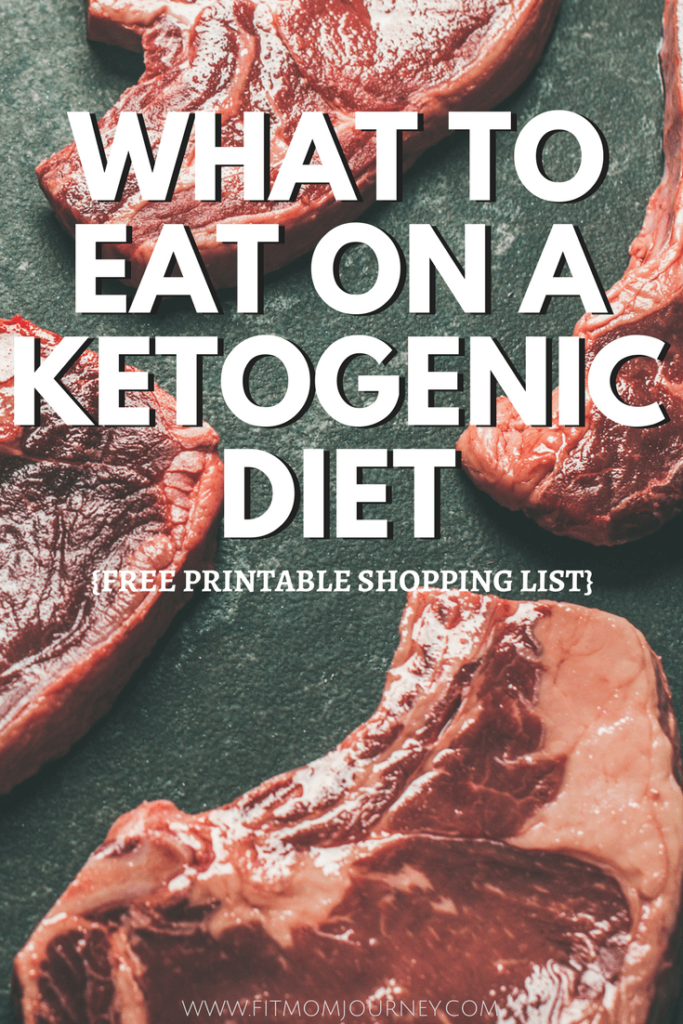
What To Eat On A Ketogenic Diet
{Free Shopping List}
Being on a diet isn’t always easy.
And I would know, since I tried probably 12 crazy ones before I found the Ketogenic Diet…. (haven’t we all…)
But there is hope, since you’ve found the Ketogenic Diet. I’m going to show you exactly what to eat on a Ketogenic Diet, give you a shopping and pantry list, and guide you through your first 30 days of Keto. For free.
Why would I do this?
Well, because I want to see you succeed!
In my first 60 days of Keto, I lost 36 pounds and more than 23 inches all over my body. Besides just the weight loss, I noticed a huge increase in my energy levels and mental clarity, slept better, and am well on my way to healing my gut!
And it’s not just me either!
Millions of people are finding that a Ketogenic lifestyle is an amazing ways to live.
Other Keto Resources:
What 60 Days in Ketosis Did For Me
Beginner's Guide to Keto
Keto 101: What The Heck is The Ketogenic Diet?
5 Keto Supplements {to keep you in ketosis}
7 Signs You Are In Ketosis
How To Beat Keto Flu
Why You Shouldn't Go Keto
How To Use Exogenous Ketones The Right Way
How To Calculate Your Keto Macros
Here’s what to eat on a Ketogenic Diet:
{don't want to read the entire article? jump straight to the download here:}
General Categories:
- Healthy Fats: The best sources of fats are those that come from natural food sources such as fatty meats and nuts. From there, you can supplement with additional sources such as grass-fed butter, coconut oil, and olive oil.
- Protein: Since most unprocessed meats don’t have sugar added to them, pasture-raised, wild, or grass-fed meats can be consumed in moderate quantities. On the Ketogenic Diet, the biggest part of your diet comes from fat, followed by protein.
- Vegetables: high-fiber, low carbohydrate vegetables are important to maintain a balanced ketogenic diet. These can include lettuce, spinach, kale, broccoli, cauliflower, brussel sprouts, radishes, cabbage, etc.
- Dairy: full-fat dairy that is processed as little as possible is fine in moderate quantities. Avoid milk, since it has lots of natural sugars, but most cheeses and even plain yogurt fit well into the ketogenic diet.
This is just a basic overview of the food groups on a Ketogenic diet, so next we will break down exactly what types of foods to shop for in each category.
If you scroll to the bottom, I will send you a Shopping List Printable when you enter your name and email.
Healthy Fats
Most of your calories on the Ketogenic Diet will be from healthy fat sources. While there are several different types of Keto (short for the Ketogenic Diet), traditionally fats will make up 70% of your calories each day.
Choose from the following healthy fats based on what types fit your tastes and appeal to your style of cooking. These fats can be used in cooking your meats and vegetables, in your coffee, and even as a topping for your meals. I’ve even found ways to include them in some really delicious desserts.
Fats are absolutely essential to our bodies, and our body runs more efficiently on fats than it does on carbohydrates. However, eating the wrong types of fats can be more harmful than fueling with carbohydrates. Here’s a brief overview:
- Saturated Fats: Very good for you. These come from butter, ghee, coconut oil, lard and most other “paleo” fats.
- Monounsaturated Fats: Also excellent for you. These can be found in fatty vegetables such as olives, avocados, and macadamia nuts. These are usually the most delicious, silky fats.
- Polyunsaturated Fats: There are two different types of these – processed and unprocessed. Processed Polyunsaturated Fats are found in spreads like margarine which should be avoided at all costs. Unprocessed Polyunsaturated Fats are great and found in fatty animal and fish proteins.
- Trans Fats: avoid at all costs. These are also found in margarine and other very processed sources of fats. Nutrition label guidelines have changed so manufacturers are required to disclose if trans fats are included in their product, so read labels to look out for trans fats.

There are so many great sources of healthy fats to eat on the Ketogenic Diet:
- Butter
- Ghee
- Coconut Oil
- Coconut Butter
- Cocoa Butter
- Olive Oil
- Avocado Oil
- Macadamia Oil
- MCT Oil
- MCT Oil Powder
- Lard
- Tallow
- Macadamia Nuts
- Brazil Nuts
- Egg Yolks
- Fatty Fish/Salmon
- Animal Fats (unprocessed)
- Paleo Mayonnaise
It is best avoid vegetable oils such as soybean, canola, vegetable, safflower, or flax oil. They can be used in moderation, but in their least processed form possible.
And, if you like to fry foods – totally acceptable on the Ketogenic Diet – go after unprocessed oils with a high smoke point such as lard, beef tallow, or ghee since they have a higher smoke point, which keeps the oils for oxidizing and gets your more of the essntial fatty acids in your food when the frying is done.
{Be sure to check out my Beginner's Keto Meal Plan}
Proteins
Moderate protein is essential to a balanced Ketogenic Diet. The key term here is “moderate” since too much protein can be harmful, since it will cause the body to break down the excess protein and turn it into carbohydrates through a process called gluconeogenesis – which will kick you out of ketosis.
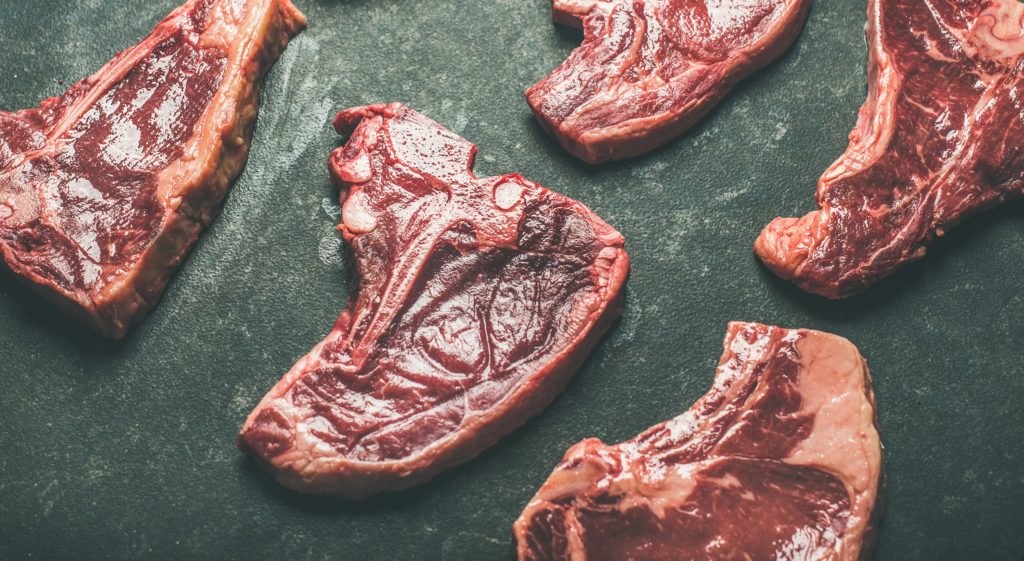 Here’s what types of protein to eat on a ketogenic diet:
Here’s what types of protein to eat on a ketogenic diet:
- Beef: fatty cuts such as roast, ground beef, steak, and stew meat.
- Poultry: chicken legs and thighs, turkey, quail, duck and wild game. Choose fatty cuts and dark meats.
- Pork: bacon, chops, ham, bacon, and loins.
- Fish: salmon, tuna, trout, halibut, mackerel, cod, catfish and other fatty fishes.
- Shellfish: oysters, clams, lobsters, crabs, and mussels.
- Organ Meats: liver, tongue, heart, kidneys.
- Eggs: in basically all forms
- Lamb
- Goat
- Wild Game such as deer.
Avoid processed meats, since most contain sugars and preservatives and can sneakily increase your carb intake.
A great tip is to buy your meats in bulk from a quality company such as ButcherBox or Zaycon Foods.
Vegetables
Low carb, non-starch, nutrient-dense vegetables are incredibly important to a balanced Ketogenic Diet.
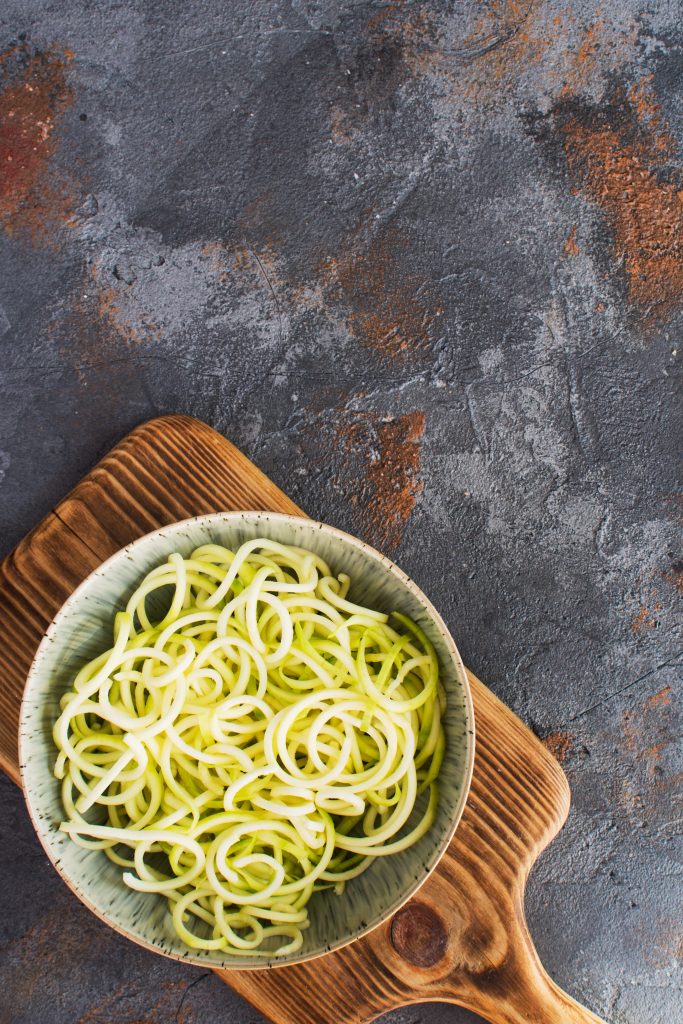 Vegetables can include:
Vegetables can include:
- Lettuce
- Spinach
- Kale
- Swiss Chard
- Radicchio
- Bok Choy
- Brussel Sprouts
- Broccoli
- Onions
- Bell Peppers
- Radishes
- Celery
- Cucumber
- Zucchini
- Cauliflower
- Asparagus
You can also include certain fruits in small amounts if you really love fruit. Just be sure to watch your portions as the carbs can really add up if you’re not careful.
- Raspberries
- Blackberries
- Strawberries
- Cherries
- Cranberries
- Blueberries
What about fresh vs. frozen?
Studeis have repeatedly shown that not only are frozen vegetables just a healthy and nutrient dense as fresh, they are no economical – easier on your budget. Choose whichever form firms your tastes and budget and you’ll be just fine.
{Not a beginner? Check out my 30-Day Keto Meal Plan}
Dairy
Here, I’m giving you a list of dairy products that can be consumed on a ketogeni diet. However, I did was to caution you:
While dairy is perfectly fine on keto, you may find that if you consume too much of it your weight loss stalls or you are kicked out of ketosis.
Try and limit dairy to 2 servings a day, or try having days without dairy at all to challenge yourself.
The least processed/raw sources of dairy are preferred here, but they can be expensive, so if you’re on a budget ( no judgement – we are too!) do what you can. I’m a big fan of Aldi dairy products because they wallet and waistline friendly.
Here are many of the forms of dairy you can eat on the ketogenic diet:
- Plain Yogurt
- Greek Yogurt
- Heavy Whipping Cream
- Half and Half (full fat)
- Cottage Cheese
- Cream Cheese
- Sour Cream
- Mascarpone
- Ricotta
- Mozzarella
- Cheddar
- Colby Jack
- Brie
- Blue
- Goat
- Sharp Cheddar/Cheddar
- Parmesan
- Gouda
- Gruyere
- Feta
- Swiss
Adding in dairy is a great way to make sure you’re eating enough fat, but remember that it does contain protein as well as higher carbs than fatty meats.
Make sure to calculate your macros and stick to them and dairy can be a part of what you eat on keto.
Supplements
Here are the best keto supplements I’ve found, that I use every day, to keep you in ketosis:
MCT Oil for Ketosis
MCT oil is only made up of the medium chain triglycerides, which are much more easily digestible than the long-chain triglycerides. They’re so easily digestible, they are sent straight to the liver, where they are actually able to speed up your metabolism through a process called thermogenics.
MCTs are so good for the body they are immediately burned as fuel, rather than stored as fat. They have the ability to combat harmful bacteria, parasites, and fungi.
MCTs and Coconut Oil contain antioxidant properties too, which is why they’re so good for heart health, obesity, and even have mental benefits.
I take MCT Oil in both the liquid and powder form. In the morning, I use the liquid in my hot coffee, and later in the day I’ll have a scoop of MCT oil Powder in my cold drink.
This is one of the easiest ways to get your healthy MCT oil in!
Grass-Fed Collagen for Ketosis
A great source of protein!
Collagen has so many benefits, it would be hard to list them all, the most important of all is that it is a pure source of protein!
Other benefits include:
- Healthier Bones: Taking collagen just once per day (1.5 T) for 4-24 weeks results in better bone density.
- Osteoporosis Prevention: Taking just 10g daily has shown to help fight against osteoporosis.
- Arthritis Pain Relief: Suffering from arthritis? Collagen reduces inflammation in joints, and taking just 1.5T daily has been shown to make a measurable impact on pain.
- Better Skin: Collagen strengthens hair, nails, and skin!
- Aids Gut Health: Your immunity, digestion, skin, and many other conditions stem from your gut health, and collagen not only helps heal your gut, it also helps your body absorb more nutrients from your food.
- Healthier Stomach and GI Tract: Collagen will help heal a leaky gut, inflamed and irritated digestive system, and can also help settle a stomach.
- Fills You Up: Because collagen is made up of pure protein, it makes you fuller, faster. Research has shown that taking collagen at breakfast time make you 40% more satisfied than other proteins (such as eggs, for example)
- Revs your Metabolism: Collagen tells your body to release glucagon, which then tells your body to burn fat.
- Fights Cancer: Glycine, found in large amounts in collagen, has been shown in research to protect the body against liver cancers and melanomas.
- Prevents Against Heart Disease: Lysine, another ingredient found in large amounts in collagen, is the most important amino acid when protecting against heart disease. Lysine literally helps our body melt plaque and keep arteries open.
Get more information about the wonders of collagen here.
I buy my collagen in 5-lb boxes. Find it on Amazon: Custom Collagen
Exogenous Ketones for a Ketogenic Diet
Staying in Ketosis is tricky, that’s for sure. You can eat perfectly and sometimes your body won’t cooperate.
Or in my case, you could find that even when you’re in ketosis, a hard workout can leave you shaking and your energy levels low.
There are a couple of reasons to take Ketones (and you don’t need to take them every day):
- To Get Through Keto Flu: I am not an advocate for using Exogenous Ketones (drinkable Ketones) every single day, but in my experience with Keto Flu, I've found they can really help make it easier.
- To Supplement Your Diet: Lets say the barista at Starbucks put sugar syrup in your drink instead of sugar-free. Disaster, right? Don’t make a habit of consuming carbs like that, but when an accident happens, take some Ketones to power through.
- To Power Through a Workout: I've done the research on Exogenous Ketones and believe that used correctly, they can really help not only with Keto Flu, but with supplying energy during tough workouts (without using carbs).
Fish Oil to Supplement a Ketogenic Diet
Fish oil is a master at optimizing your triglyceride levels and keep you healthy.
This supplement contains Omega-3 fatty acids, which has been linked to a lower BMI, lower triglyceride levels, and lower body fat levels.
But before you jump on the Fish Oil train with any old supplement, make sure to source high-quality Fish Oil such as this one from Super Body Breakthrough.
Bone Broth alongside Keto
The final Keto supplement I recommend is Bone Broth because of it’s numerous benefits, including:
- Healing Leaky Gut Syndrome
- Help with food intolerances and allergies
- Improve Joint Health
- Reduce Cellulite’s Appearance
- Boost Your Immune System
When you got sick as a child, there was a reason your mom gave you Chicken Soup: because it contains bone broth, which will help you get better faster than any drug on the market.
Bone broth is created by simmering the bones, marrow, skin, feet, tendons, and ligaments of cows or chickens. This simmering takes place of the course of several days, and causes all the components to release the healing compounds within such as collagen, lysine, proline, and glutamine.
I could go on and on for days about collagen, but instead, I’ll point you in the direction of my article on bone broth for more information.
Today, bone broth has become even more convenient in powder and boxed form.
Personally, I use the powdered form from Ketologie because I trust their method and love the convenience of their bone broth.
Sodium
Typically, diets had us keep a close watch on our sodium content. However, in a Ketogenic Diet, you are not all good to consume sodium, it will actually help you avoid constipation, headaches, and fatigue.
Some medical conditions to require that you control your sodium intake, so before ramping it up, please be sure to check with your doctor.
How much sodium is appropriate on Keto?
It depends on your activity level and weight, but a general range is 3,000 – 5,000mg per day.
You can get sodium is many other ways beside just salting your food (with high quality sea salt, of course):
- In bone broth
- Electrolyte drinks
- Salted nuts and seeds
- High sodium vegetables such as cucumbers and celery
Potassium
Potassium has many of the same functions as salt, and is just as necessary to watch when in Ketosis.
2,000 – 3,000mg per day is recommended, but be careful taking potassium supplements, as too much can be toxic.
The better way to get enough potassium is by focusing on whole foods high in the nutrient:
- Avocados
- Mushrooms
- Leafy Greens
- Nuts
- Salmon
Magnesium
Did you know that at least 57% of all Americans are magnesium deficient?
Magnesium plays such a vital role in nearly all of our cell processes that it’s not surprise Americans have so little energy, sleep so terribly, and are becoming less healthy every year.
Thankfully, magnesium is very simple to supplement. Just take a 500mg supplement each day before bed, as magnesium often makes people drowsy.
Vitamin D
I take a drop of liquid Vitamin D & K each morning when I have my morning Bulletproof Coffee, since Vitamin D must be taken with fat.
This vitamin is so vital for immunity, inflammation, regulating hormones, and so much more.
A high-quality liquid Vitamin D supplement will often come accompanied by Vitamin K, and one single drop a day provides all you need. A drop on the tongue will essentially taste like water, so don’t worry about the taste!
Be sure to take your Vitamin D with fat, since it is fat-soluble (which is why I take it right before I drink my fatty coffee in the morning), and it is also a good idea to take it in the morning, since taking it at night could mess with your sleep.
Besides what I’ve listed here, you can also include the following foods:
- Nuts & seeds
- Beverages
- Spices
- Condiments
- Sweeteners
I did not go into these in-depth in this article, but I’ve included many wonderful options on the printable shopping list to guide you.
When in doubt, stick with foods that are more “real” than processed, and check the labels to make sure they are low in carbohydrates.
This is a good general guideline for what to eat on a Ketogenic Diet, but make sure you download the Free Keto Shopping List to get you started.
Then, jump over to Keto Quickstart to get started with Keto the right way: Keto Quickstart.
xoxo,
Gretchen
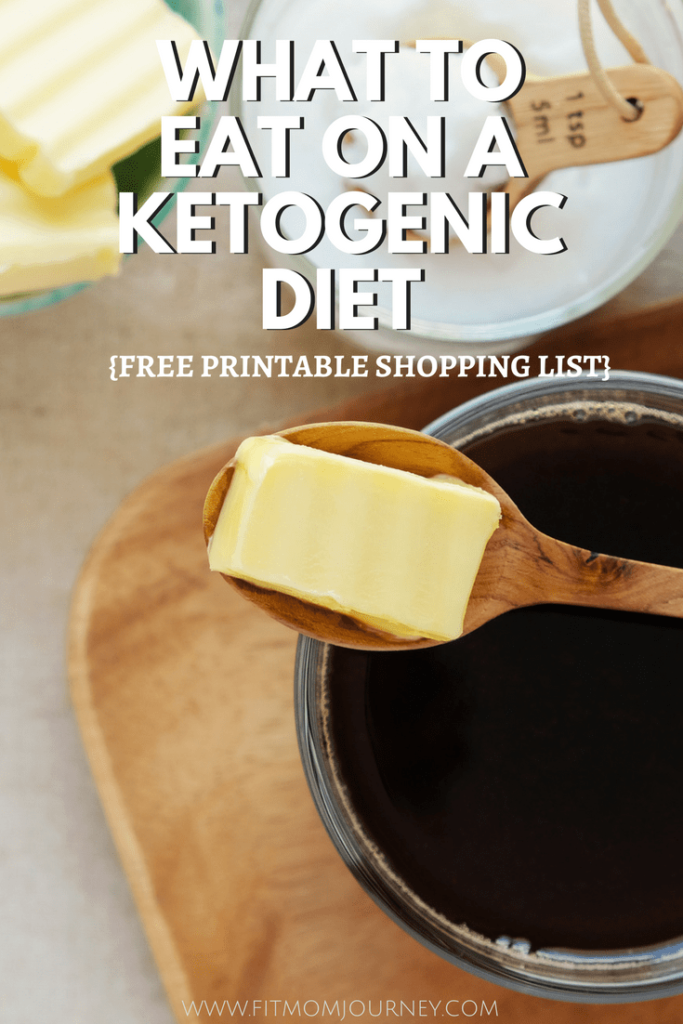
This post may contain affiliate links. See my disclosures for more information.
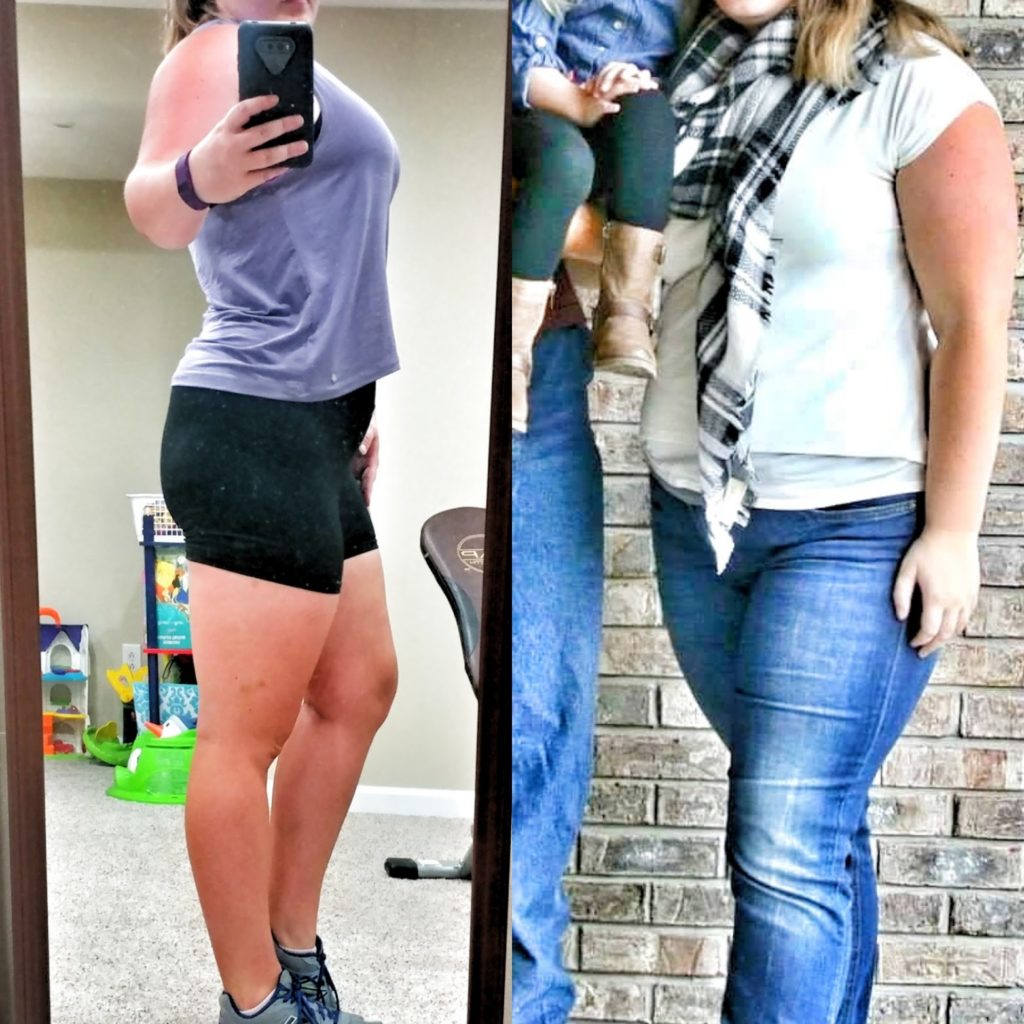
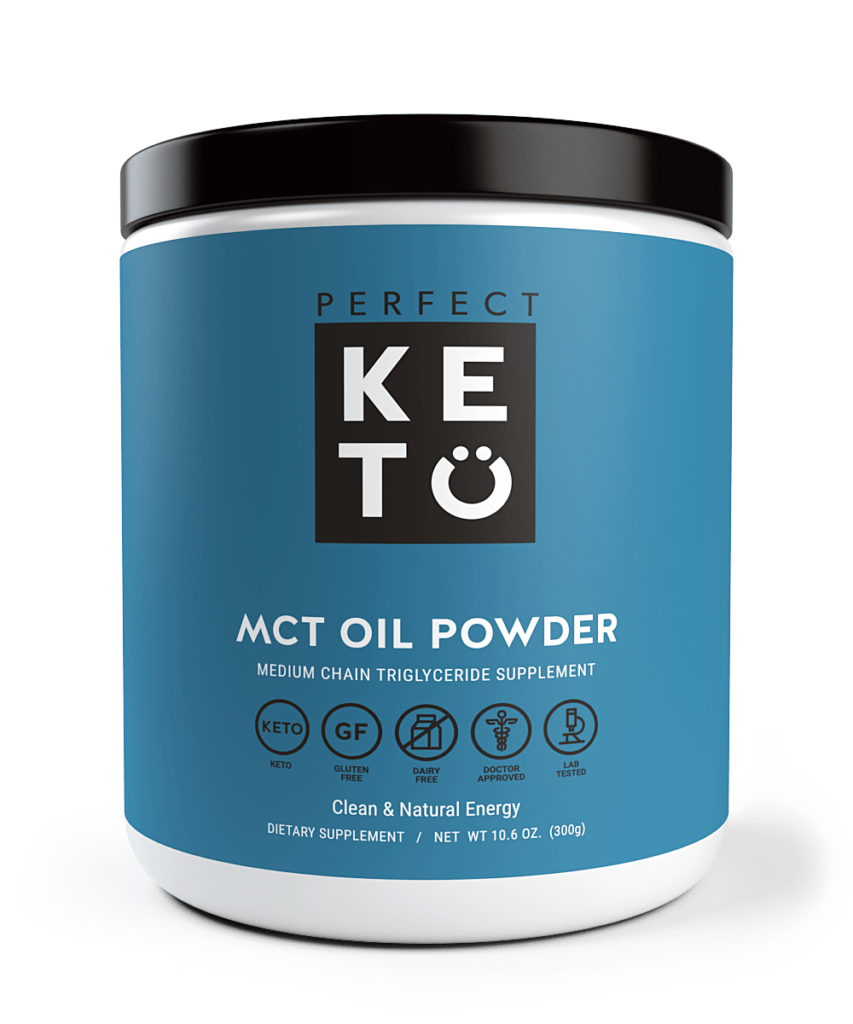

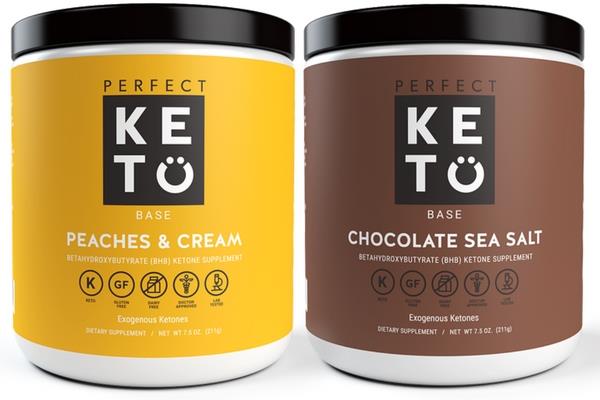
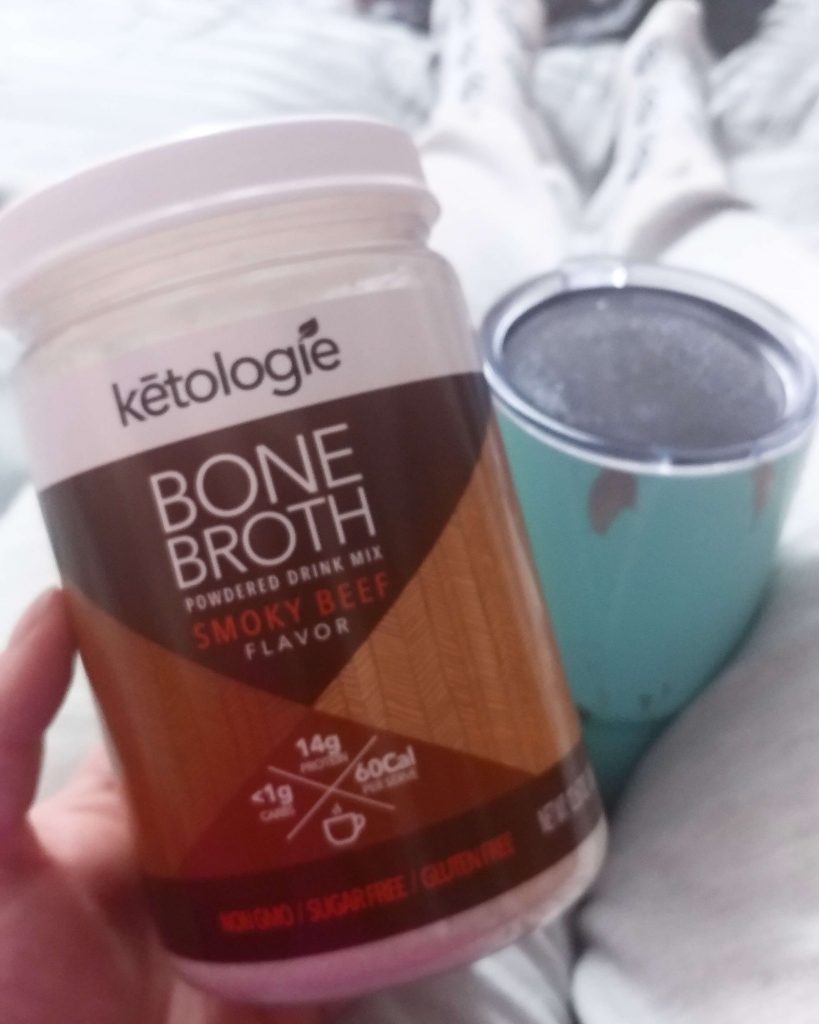
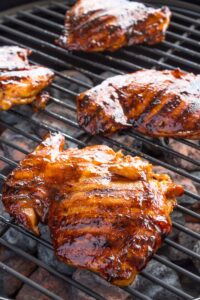
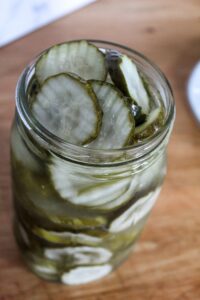
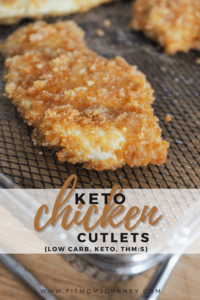
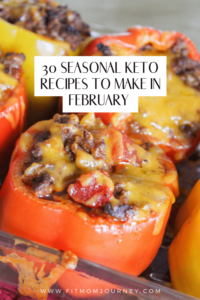
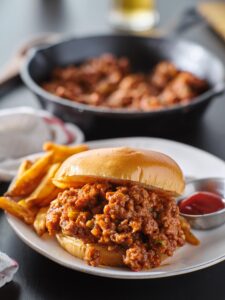
trying to print grocery list 🙂
I can’t find the printable grocery list.
You have to subscribe to the newsletter, and it will be emailed to you instantly.
Please send the grocery list. 😁